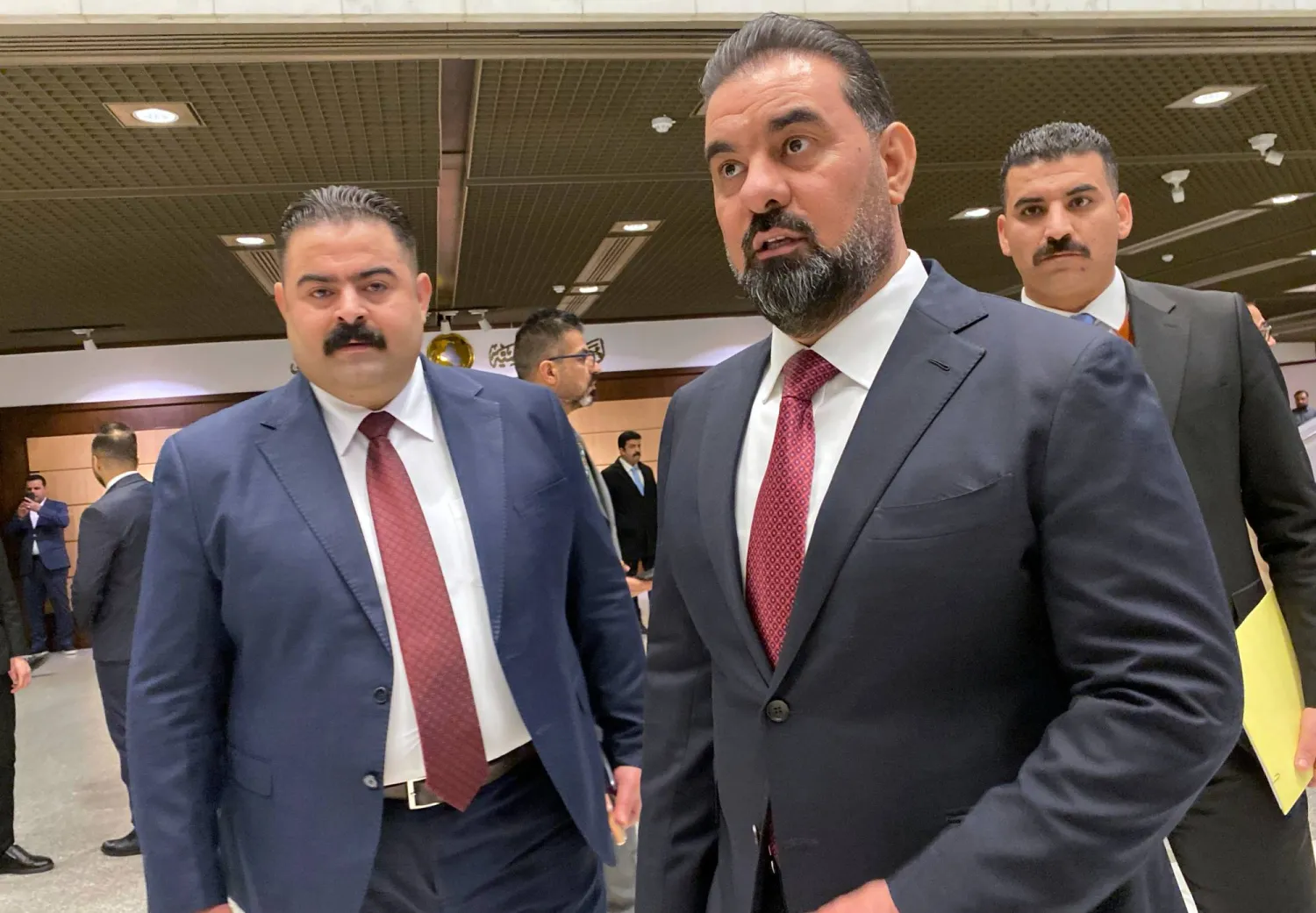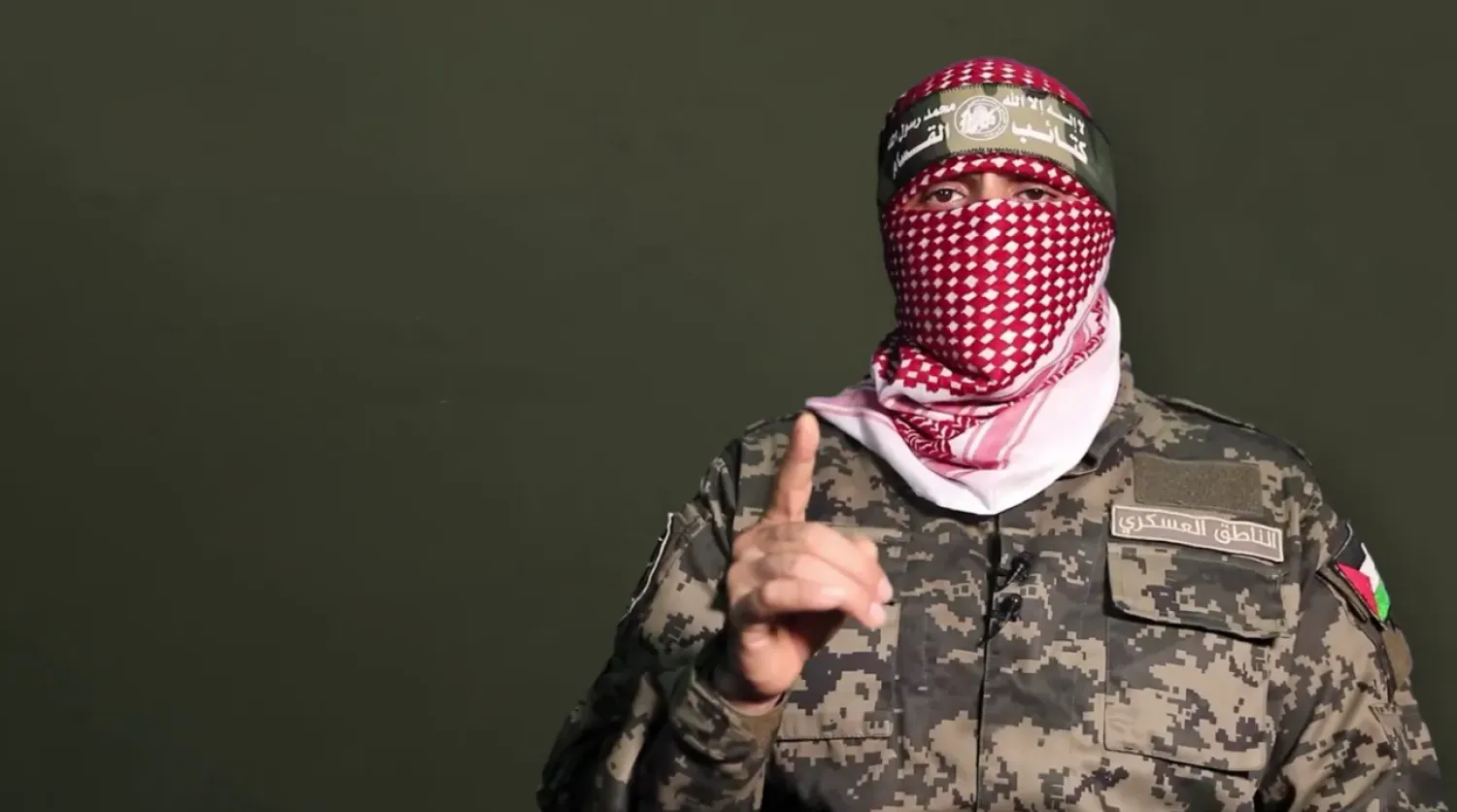The Lebanese army completed its deployment on Wednesday in the Lebanese section of the border town of Housh al-Sayed Ali, located between Lebanon and Syria in northeastern Lebanon.
Some residents, hailing from the same families and tribes, now find themselves divided between two countries after Syrian forces tightened control over the Syrian side of the border.
This shift followed clashes and disputes that forced Lebanese citizens to flee to the Lebanese side.
Syrian government forces advanced into Lebanese territory on Monday during clashes with Lebanese tribal fighters, which began on Sunday.
The Syrian Ministry of Information stated that the Ministry of Defense was working to reclaim land once controlled by Hezbollah during the presidency of the ousted Bashar al-Assad.
The ministry added that its forces did not cross into Lebanese territory. Hezbollah, in a statement, denied any involvement in the border clashes.
As for the Lebanese Army, its main deployment occurred in the town of Housh al-Sayed Ali, which was divided between Lebanon and Syria during the 1980s under Assad’s regime.
Located north of the town of al-Shouaghir, it is the last Lebanese border town with Syria, with the Lebanese section covering around 20 square kilometers.
The town is split by a canal branching off from the Great Southern River, with the Lebanese side situated above the canal and the Syrian side below it.
Historically, ownership of Housh al-Sayed Ali belonged to the Swed family’s aghawat, specifically to Said Agha. Geographically, the town was considered part of Syria, according to Tamer al-Haj Hassan, a local figure in Housh al-Sayed Ali.
“In the 1980s, a part was annexed to Lebanon, just as the town of al-Mashrafah (which was Syrian until the 1970s) became Lebanese in 1987,” Hassan told Asharq Al-Awsat.
“This shift marked the diversion of part of the river water to Syria and the establishment of the Zita Dam on the Qatna Lake, one of Syria’s largest dams, built on the Orontes River that originates in Lebanon,” he added.
Hassan told Asharq Al-Awsat that the Lebanese side of Housh al-Sayed Ali is home to around 600 residents, spread across 68 families, including those from the Nasser al-Din, Suleh, al-Nimr, and al-Haj Hassan clans.
On the Syrian side, the population is approximately 650, divided into 75 families. These residents, though Lebanese by origin, hold Syrian residency permits issued by the Homs governorate.
Considering the recent developments, 75 new Syrian families have also settled on the Syrian side of the town.
After the clashes and an agreement, the Lebanese returned to their side of the town, but were unable to return to their homes on the Syrian side, as they share familial ties with those on both sides, tracing their roots to the same ancestors.
Administratively, the Lebanese section of Housh al-Sayed Ali falls under the jurisdiction of the Hermel District, while the Syrian side is part of the Al-Qusayr District in Homs Governorate.
The town’s administrative affairs in Lebanon are managed by a single mukhtar, Muhammad Nasser al-Din.









